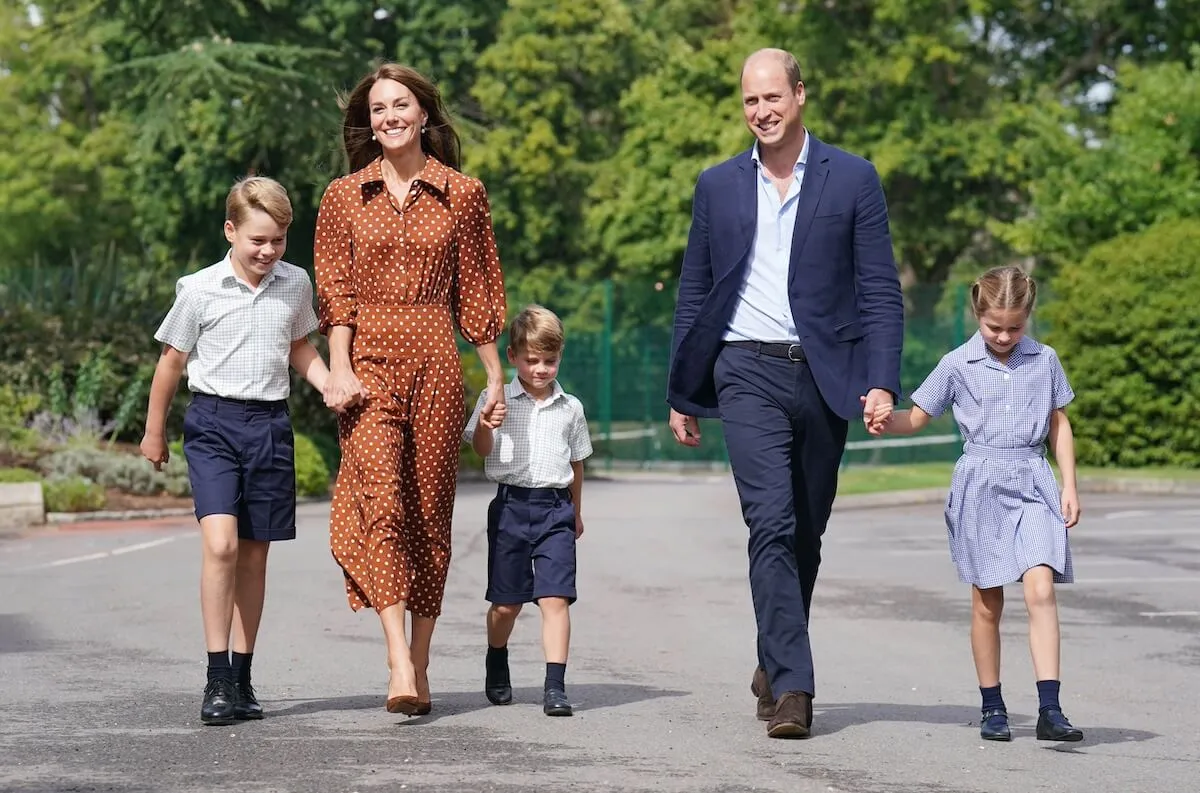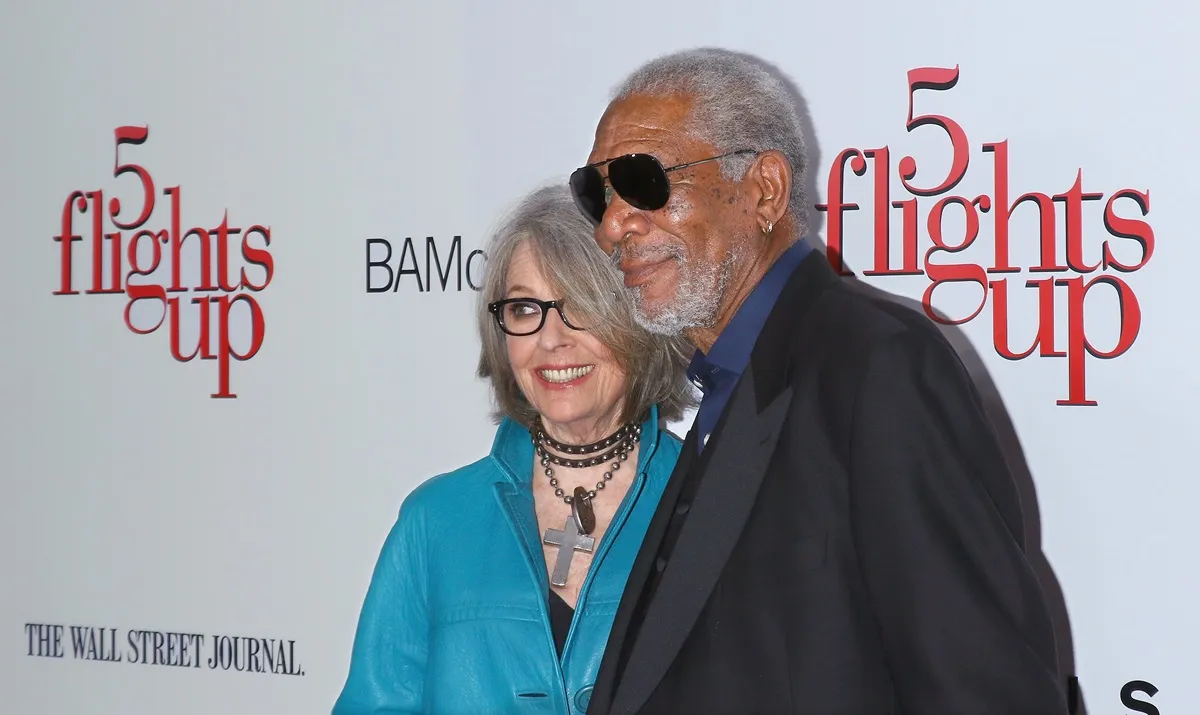‘Apollo 10½: A Space Age Childhood’ Movie Review: Richard Linklater Animated Movie Is a Love Letter to His Childhood Dreams
Apollo 10½: A Space Age Childhood is the type of mellow Richard Linklater film that thrives at the SXSW Film Festival. It’s warm-hearted and sure to remind its audience of their own childhood. However, Apollo 10½ does get a tad dragged down by its own abundance of nostalgia and its inability to marry its two narratives. Nevertheless, it’s a charming-enough animated adventure.
‘Apollo 10½: A Space Age Childhood’ places the audience in 1960s Texas

Apollo 10½ tells the story of 10-year-old Stanley (Milo Coy) in 1969, Houston, Texas. The adult version of himself (voiced by Jack Black) narrates the time that NASA recruited him for a once-in-a-lifetime opportunity. They want him to be the first person to travel to the moon. However, it’s a top-secret mission that he can’t tell anybody about.
Meanwhile, Stanley recalls growing up during this time through his relationship with his family, as well as the film and television that enlightened him. Apollo 10½ is loosely based on Linklater’s own childhood, injecting a sense of authenticity into the film’s authenticity.
Writer/director Richard Linklater brings childhood nostalgia galore
Apollo 10½ opens during Spring 1969, placing the audience in Stanley’s school sports. He explains the inventive ways that he gets out of punishments from teachers, but that’s only the beginning of Linklater’s worldbuilding. He taps into the development of the community, as well as the relatable dynamic between himself and his brothers and sisters. Linklater truly creates a fully-realized world from his childhood that is part real-life and part imaginary.
The second aspect of Apollo 10½ is the space adventure. NASA approaches Stanley for a space mission to the moon, but he questions why they’d choose a kid. They tell him that they accidentally built the craft too small, but that he’d be perfect for the job. Stanley describes the city of Houston during this time as a sci-fi movie, filled with conspiracy theories and existential ideas of what could possibly be out there in the vastness of space. Linklater tackles some big ideas, but they don’t all pay off.
Apollo 10½ seeks to create a balance between both the simple and complex natures of childhood with the grand adventures of the future. Stanley has grand dreams that translate into major milestones that are both intimate and world-defining. Black’s narration gives a direct peek into the mind of the protagonist and what makes him tick, similar to a personal diary.
‘Apollo 10½: A Space Age Childhood’ has 2 different films buried in it, with one working substantially better than the other

Apollo 10½ has a grand appreciation for this time in America’s history. It explores how space became the defining element of pop culture, especially within the local community of Houston. Linklater discusses his appreciation for the mediums of television and film, as he dives into their impact on both his past and his present.
Linklater chose to tell his story with the use of animation. This allows him to explore more grand ideas and show a lot more dream-like qualities. However, it aims to achieve more life-like imagery, which works wonders for the space sequences. However, the strange sense of movement often hinders the film’s emotional impact in its more grounded moments.
Apollo 10½ feels like two different films molded into one. It’s at its most intriguing when it digs into Stanley’s childhood and familial relationships, but its space adventure is an afterthought. Nevertheless, Linklater explores memory and how it changes over time in a way that is endearing. Apollo 10½ is a more relaxed film that works as a coming-of-age remembrance, but not so much in its dreams of a space adventure.
Apollo 10½ lands on Netflix on April 1.


